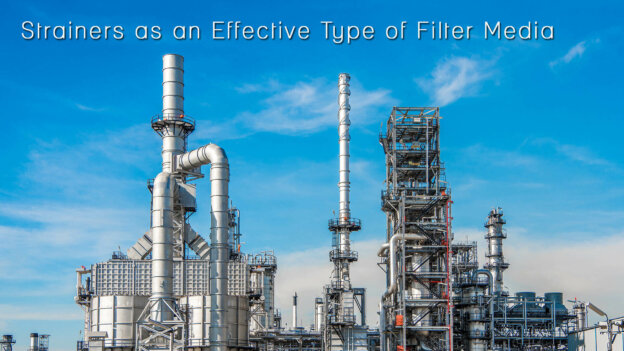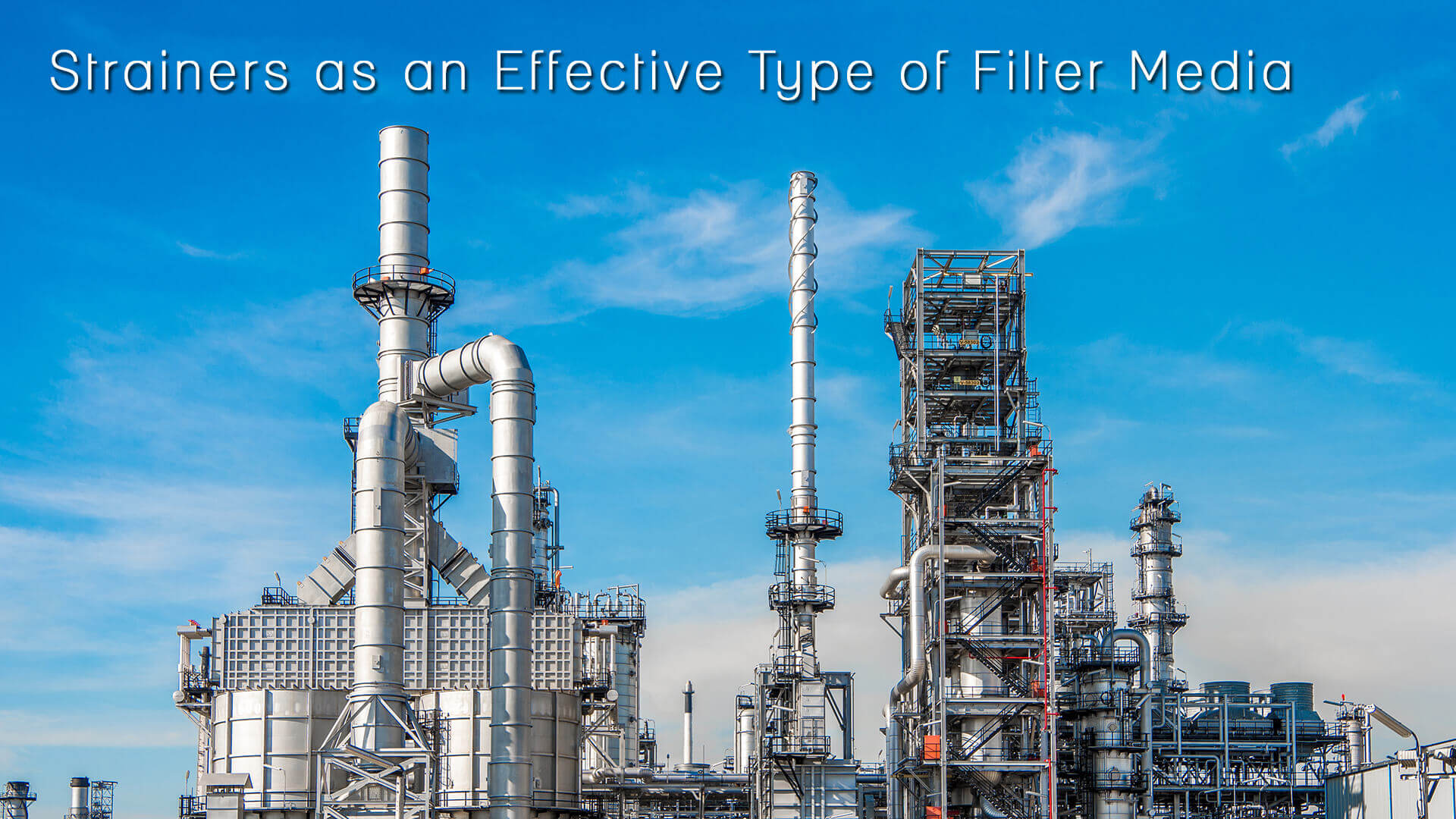Introduction:
When it comes to the separation of suspended contaminants, the best way to initiate the process is with a strainer. The purpose of a strainer is primarily to safeguard downward flowing items, which could be physical items or processes, from the effect of contaminants that clog the flow or disintegrate the passage of the flow. Through the process of elimination, strainers remove dirt, impurities, contaminants, etc. and protect the passage of the relative downward flow. These strainers are usually made up of perforated plates or a wired mesh medium and are considered to be simple coarse filters. Generally, a strainer is made up of a simple mechanism as that is usually sufficient in executing the required filtering process. Therefore, we usually encounter simple units as described here. The rare exception is when a strainer is required for extremely low cut-points.
Temporary Strainers:
These strainers are created and exercised for shorter durations and are usually intended to complete a requirement that is short term. An example of a temporary strainer is of the strainer installed during the installation of a new system of the machine or in the restart of a pipeline system that has been closed for some time for maintenance. The function of temporary strainers is to remove the accumulated coarse debris particles that have developed in the passageways or processes. Once this removal process has been accomplished, these strainers are dismantled and can be preserved for use at a later time.
Temporary strainers are usually created with standard flange faces so as to be able to be accommodated at an appropriate flange joint in the passageway. When the strainer has accomplished its purpose, they can be replaced by a spacer washer.
These strainers are generally designed in the shape of a flat disc with a perforated plate or a cone-shaped basket with a perforated plate and supportive wired mesh. The latter strainer, i.e. the basket strainers is usually equipped with a higher capacity to withstand dirt and other contaminants. The basket shape is usually powered with a lower pressure drop and subsequently offers a filter that is empowered with finer filtering capacity, down to 150 µm. However, wherever the fitting of basket-shaped strainers is not practical, there are other types of available strainers, such as T-junction fitting, which allows for prompt fitting and removal, due to the tough shape that has given them the name ‘Bathtub’ strainers.
Permanent Strainers:
As the name suggests, these are permanent fixtures that are used as conventional strainers with complete fittings. They are usually designed with a Y configuration and a cylindrical shape. Due to their versatile design, these strainers can be applied in horizontal or vertical settings. However, these strainers are ideal for passageways or processes that are exposed to a low level of dirt or contaminants. These contaminants are blocked through a plug end, which could be simple or fitted with a valve that allows for opening and regular cleaning. The entire strainer is usually designed with a detachable feature and therefore, can also be used as a temporary strainer. However, the low capacity to filter contaminants must be kept in mind.
Basket Strainers:
The single basket-type strainers are usually equipped with large filtration areas and can be employed for high flowing debris collection in passageways or pipelines and on the entry and exit sides of pumps. These strainers have the ability to be efficiently used in-line or off-line and are created through the use of cast iron, cast steel, stainless steel or bronze. The material used to create the strainer is entirely dependent on its usage and application. The different areas where basket-type strainers are installed are wastewater systems, boiler feed pumps, lubricating and fuel oils, refining of crude oil, fire protection protocols, marine and sea applications and installations, protection of flow meters, heat exchangers and regular pumps.
The primary reason why basket strainers are the much-preferred choice is due to their higher contaminant holding capacity and easier accessibility for removal and cleaning. They also come with a higher pressure drop.
Duplex or Multiple Strainers:
However, one distinct disadvantage of permanent strainers is the need for a complete shut-down of the flow process for the purpose of cleaning. Therefore, in deployments where a constant operation is a must, there is an option of installing duplex strainers. This is where more than one strainer is placed within a significant unit that is powered by the feature to isolate one cleaner at a time for cleaning and maintenance. The other strainer that needs to be utilized is then put into operation through the use of cover plates with static seals, usually described as O-rings due to their shape. Even after this process is enabled, the duplex/ multi-basket strainers must be monitored as to the occasion when baskets need to be swapped.
Self-cleaning Strainers:
Another option for units where continuous operation is a requirement are self-cleaning strainers. These work as a good alternative in areas where the installation of duplex or multiple strainers is not an option. Self-cleaning is usually undertaken through the use of a brush or scraper. Applications with scrapers that are designed for managing high-viscosity products are better suited towards brush cleaning. Another option that enables finer filtering, are wire mesh made filters that are used in association with a perforated plate or any other form of filtering techniques. The wire mesh augments the strength of the filter by providing a filtration capacity down to 40m.
When intending to analyze the servicing duration of a strainer, it can be calculated through the ration of open area with the pipe-cross section. The open area of the filter is usually analyzed through the selected filter material (perforated or mesh) that would be between 15-20%.


